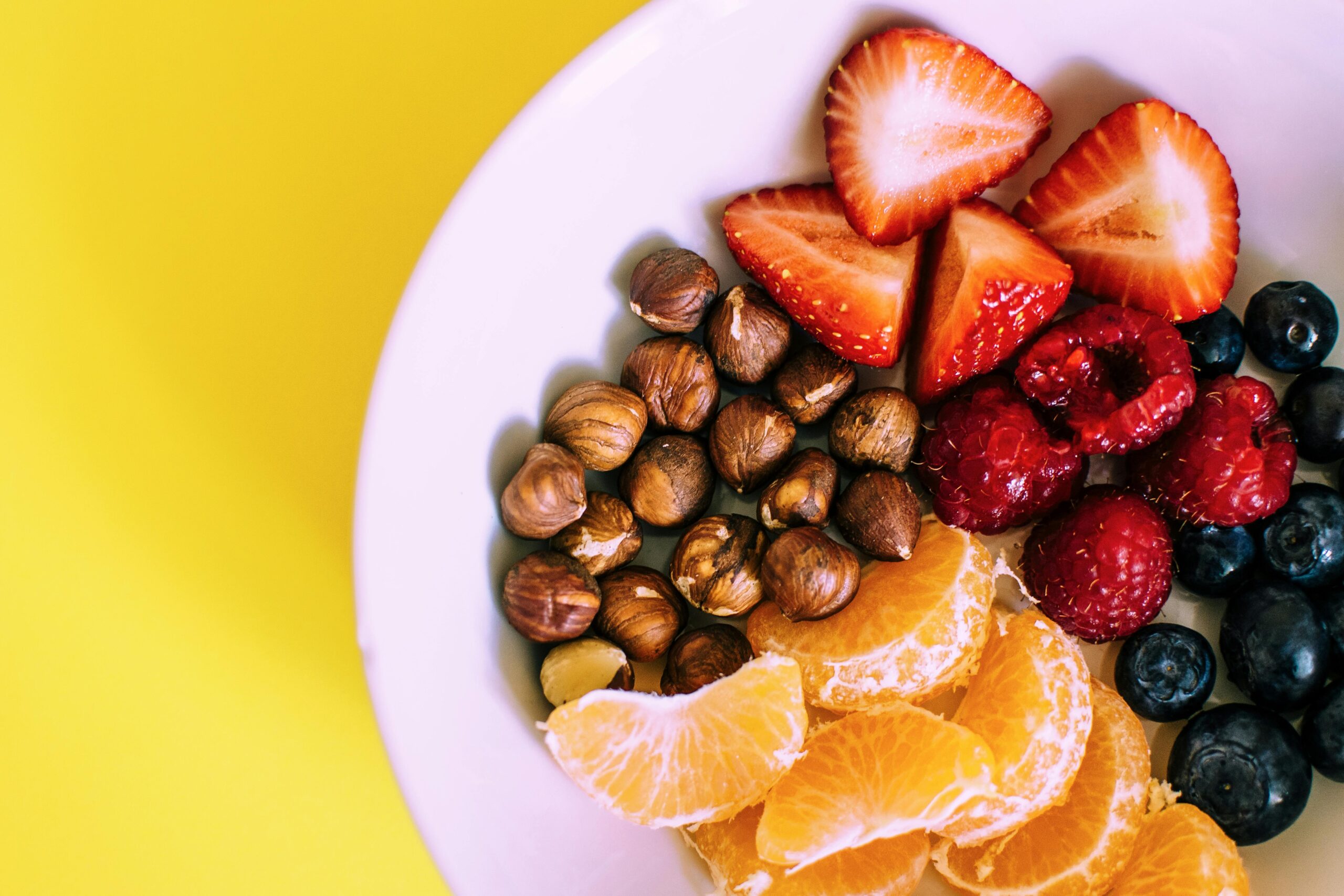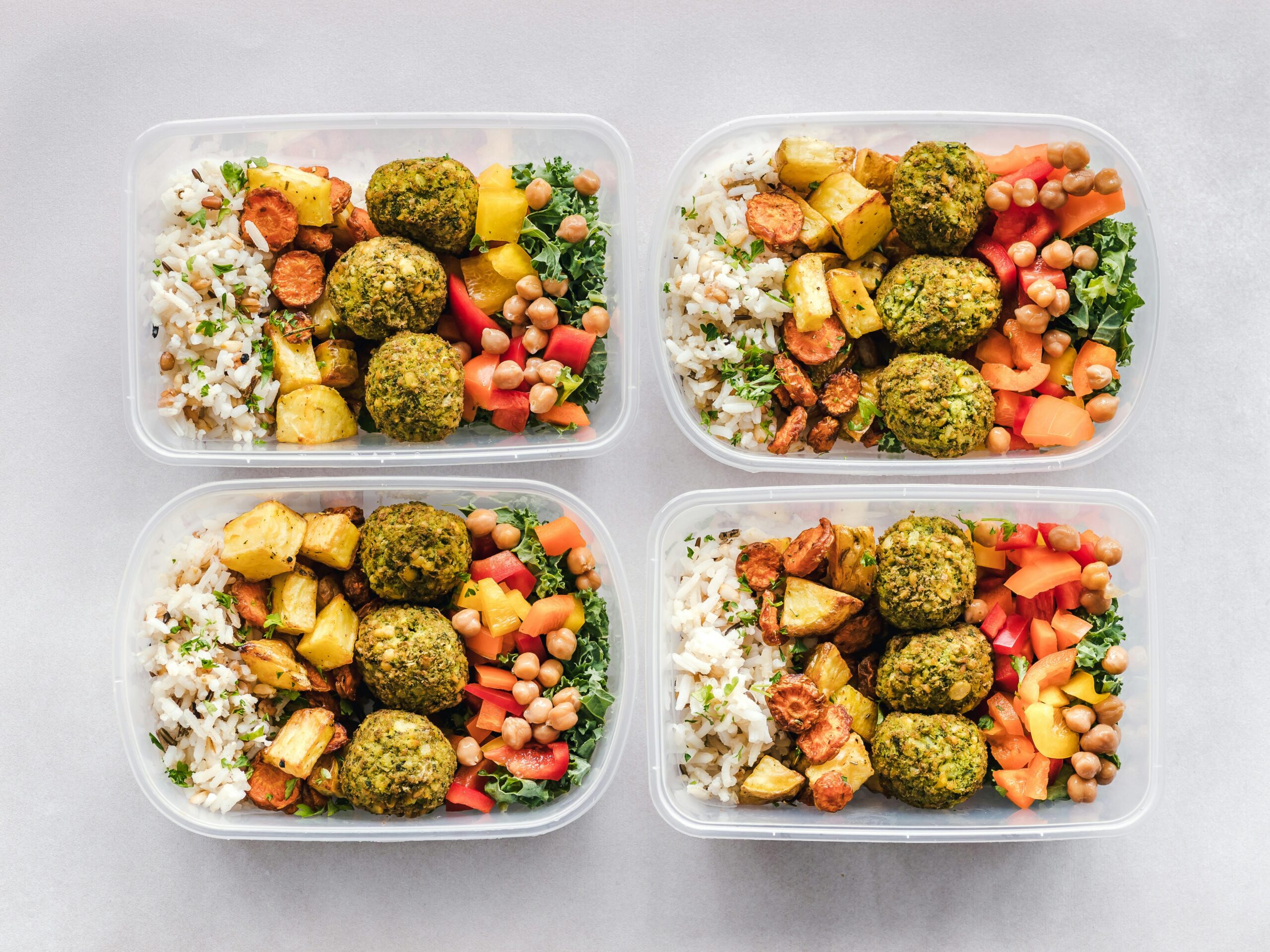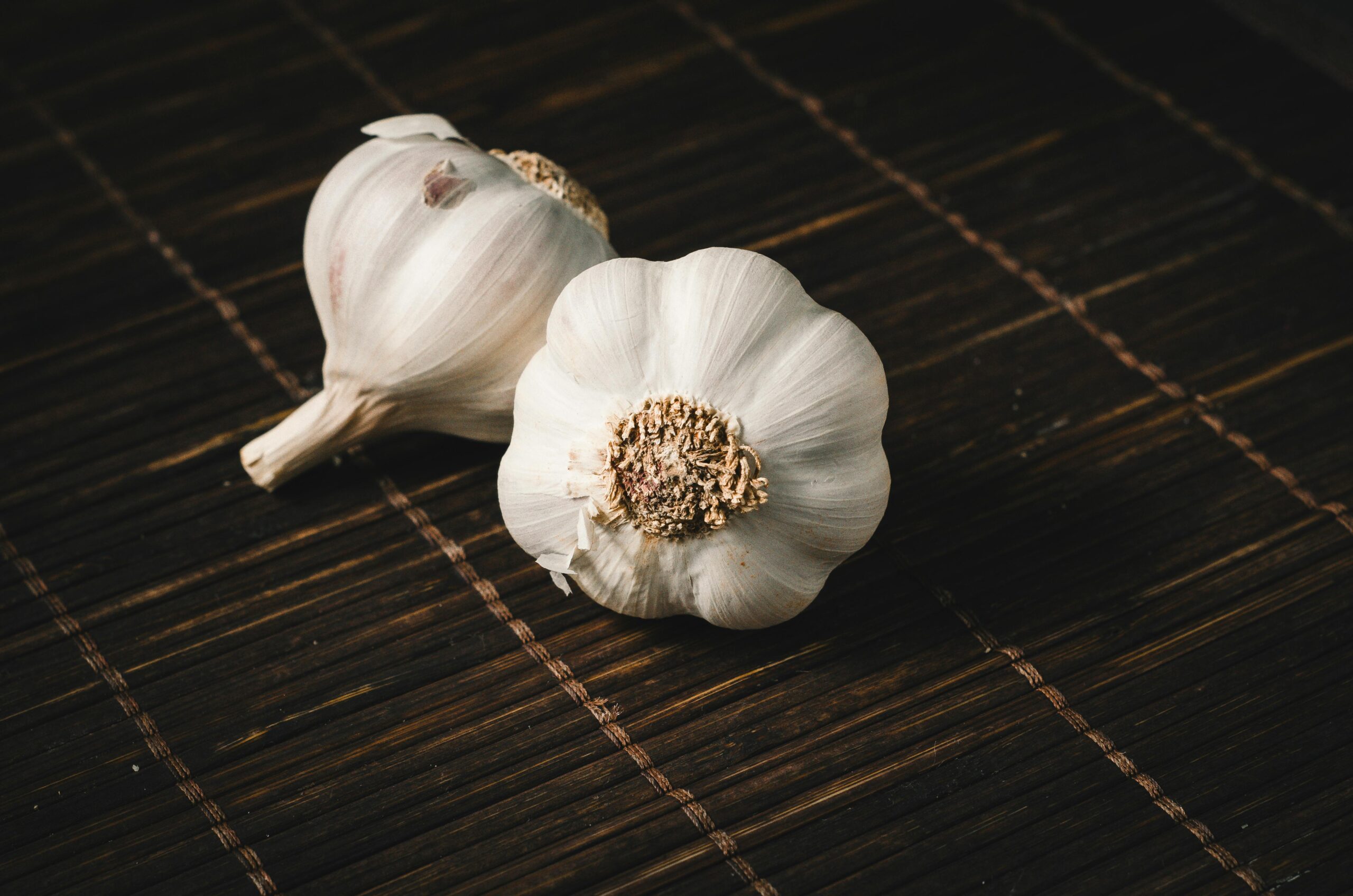If you opened my fridge a few years ago, it looked like a grayscale photo — beige bread, white rice, brown chicken. Nothing wrong with that, except I constantly felt tired, sluggish, and oddly uninspired.
Then one day, I read a simple line that changed everything:
“Eat food that looks like a crayon box.”
That one sentence flipped how I see food. Today, my plate looks like a mini art project — greens, purples, oranges, reds — and I’ve never felt better.
Let’s dive into what that really means, why it works, and how you can start eating like a rainbow (without spending hours in the kitchen).
🌈 Why Eating Colorful Food Matters
When people say “eat the rainbow,” they’re not talking about candy. They mean natural colors from plants — fruits, veggies, herbs, and spices.

Every color represents a different type of antioxidant army.
- Red foods (tomatoes, watermelon, strawberries) protect your heart.
- Orange and yellow foods (carrots, sweet potatoes, mangoes) boost your immunity.
- Green foods (spinach, kale, broccoli) detox your body.
- Blue and purple foods (blueberries, eggplants, purple cabbage) improve brain health.
In my opinion, this is one of the easiest health habits to adopt. You don’t need to count calories, cut carbs, or give up your favorite meals — just add more colors.
🧠 The “7 Extra Years” Claim — Where It Comes From
This claim is based on data from large-scale studies like the Harvard Health Professionals Follow-Up Study and the Nurses’ Health Study, which tracked tens of thousands of people over decades.
Here’s what they found in simple terms:
- People who ate at least five servings of fruits and vegetables daily had significantly lower risks of heart disease, cancer, and early death.
- Those who ate a wide variety of colors — meaning more types of antioxidants — had even greater protection.
- Researchers estimated that consistent fruit-and-vegetable eaters live around 6–7 years longer on average than people who rarely eat them.
And it’s not just one study.
The World Health Organization (WHO) also reports that eating 400g or more of fruits and vegetables daily could prevent millions of premature deaths every year.
When you think about it, it makes sense:
Every color brings a unique set of phytonutrients — natural chemicals that fight inflammation, oxidative stress, and DNA damage. Over decades, that adds up to a longer, healthier life.
So while it’s not magic, the “7 years” isn’t a myth either — it’s a powerful reminder that your grocery cart literally shapes your lifespan.
💪 How Colorful Food Boosts Your Body (and Mood)
Let’s break down what those colors actually do inside you.
| Color | Star Nutrient | Superpower | Example Foods |
|---|---|---|---|
| Red | Lycopene | Heart health, cancer protection | Tomatoes, red peppers, watermelon |
| Orange | Beta-Carotene | Eye health, immune support | Carrots, mangoes, pumpkin |
| Yellow | Vitamin C & Lutein | Collagen, energy, glowing skin | Lemons, corn, yellow peppers |
| Green | Chlorophyll & Folate | Detox, gut health, DNA repair | Spinach, kale, broccoli |
| Blue/Purple | Anthocyanins | Brain protection, anti-aging | Blueberries, purple cabbage, eggplant |
| White | Allicin & Quercetin | Anti-inflammatory, immunity | Garlic, onions, cauliflower |
It’s like assembling your own superhero squad — each color plays a different role in protecting you.
When I started adding all these colors daily, I noticed not only better health but also better mood. Eating bright food genuinely makes you happier.
🍽️ How It Changed My Life
When I started filling my plate with colorful produce, a few things happened within weeks:
- More energy: I no longer needed an afternoon coffee.
- Better skin: Friends started asking what skincare I was using (spoiler: it was spinach).
- Sharper focus: Especially after swapping sugary snacks for fruit bowls.
- Improved digestion: My gut loved the extra fiber.
Now, whenever I feel low energy, I do a quick check: “How many colors have I eaten today?” It’s like an instant health audit.
🥗 5 Easy “Crayon Box” Recipes You’ll Actually Love
Here are five colorful, simple recipes I make weekly. They’re vibrant, nutrient-packed, and taste amazing.
1. Rainbow Buddha Bowl
Ingredients:
- ½ cup cooked quinoa
- 1 cup chickpeas (roasted or boiled)
- ½ red bell pepper (sliced)
- ½ yellow bell pepper (sliced)
- ½ cup shredded purple cabbage
- ½ avocado
- Handful of spinach or kale
- Olive oil, lemon juice, salt, and pepper
Directions:
- Layer everything in a bowl — greens first, then grains, then veggies.
- Drizzle with olive oil and lemon.
- Sprinkle some sesame seeds if you’re feeling fancy.
💡 Tip: Make extra and store it in the fridge — it actually tastes better the next day.
2. Colorful Stir-Fry in 10 Minutes
Ingredients:
- 1 cup broccoli florets
- 1 red bell pepper
- 1 carrot (sliced thin)
- ½ zucchini
- 2 tbsp soy sauce or tamari
- 1 tsp sesame oil
- 1 tsp grated ginger
- Optional: tofu or shrimp
Directions:
- Sauté ginger in sesame oil for 1 minute.
- Toss in veggies, cook for 5 minutes.
- Add soy sauce and toss again. Serve hot with brown rice.
🔥 In my opinion, this is the fastest “I feel healthy” meal ever.
3. Sunrise Smoothie Bowl
Ingredients:
- 1 banana
- ½ cup frozen mango
- ½ cup frozen strawberries
- ½ cup almond milk
- Toppings: chia seeds, kiwi slices, blueberries, granola
Directions:
- Blend everything until thick and creamy.
- Pour into a bowl and top with your favorite fruits.
💫 Looks like dessert, feels like therapy.
4. Mediterranean Rainbow Salad
Ingredients:
- 1 cup mixed greens
- ½ cucumber (chopped)
- ½ cup cherry tomatoes
- ¼ cup kalamata olives
- ¼ red onion
- Feta cheese (optional)
- Olive oil, balsamic vinegar, oregano
Directions:
- Mix everything in a big bowl.
- Dress it up with olive oil and vinegar.
- Eat it outside if you can — it tastes 20% better in sunlight.
5. Roasted Veggie Power Bowl
Ingredients:
- 1 sweet potato (cubed)
- 1 beet (cubed)
- 1 zucchini (sliced)
- 1 cup cauliflower
- Olive oil, paprika, rosemary, salt, and pepper
Directions:
- Roast at 400°F (200°C) for 25 minutes.
- Serve with a drizzle of tahini or hummus.
💡 Pro tip: Make double and use leftovers for wraps or sandwiches tomorrow.
🧺 How to Build a “Crayon Box” Plate Daily
- Think 4 colors per meal. If your plate looks beige, you’re missing out.
- Shop by color, not by item. At the grocery store, pick one fruit or veggie from each color family.
- Prep in bulk. Roast or chop veggies on Sundays — future you will thank you.
- Mix raw and cooked. Raw foods give enzymes, cooked ones release deeper nutrients.
- Spice it up. Turmeric, paprika, and herbs add color and antioxidants.
💬 My Favorite Mindset Trick
Whenever I eat out or cook, I ask myself:
“Would a child want to draw this meal?”
If the answer is “yes,” I’m probably doing it right.
It’s funny how adding colors to your plate adds energy to your life too.
🧘♀️ Small Changes, Big Difference
You don’t need to turn vegan or overhaul your diet overnight. Just start with color.
Swap your side of fries for a side of roasted veggies.
Add a handful of blueberries to your breakfast.
Replace white rice with quinoa and toss in some greens.
Little by little, your taste buds change — and so does your health.
💬 FAQs About Eating Colorful Foods
Q: Do I need to eat every color every day?
A: Not necessarily. Try to get at least 3–4 colors daily and rotate them through the week.
Q: What if I don’t like veggies?
A: Start with smoothies — they’re an easy (and tasty) way to sneak in spinach, carrots, or beets.
Q: Can frozen fruits and veggies work?
A: Absolutely. Frozen produce is often picked at peak ripeness and retains nutrients.
Q: Is eating colorful food enough to stay healthy?
A: It’s a great foundation, but balance it with protein, whole grains, and good fats.
Q: How can I make my kids eat more colors?
A: Turn it into a game — let them “collect” colors on their plate like rainbow points.
🌟 Final Thoughts
When I changed my diet to “look like a crayon box,” it didn’t just change my meals — it changed my mood, energy, and mindset.
There’s something deeply joyful about eating food that looks alive.
So next time you’re cooking, look at your plate and ask:
“Is this meal colorful enough to make me smile?”
Chances are, the more colorful your plate, the longer — and happier — your life will be. 🌈
💚 Want More?
Save this post and share it with a friend who still eats beige food!
Let’s make eating colorful, joyful, and the new normal.


